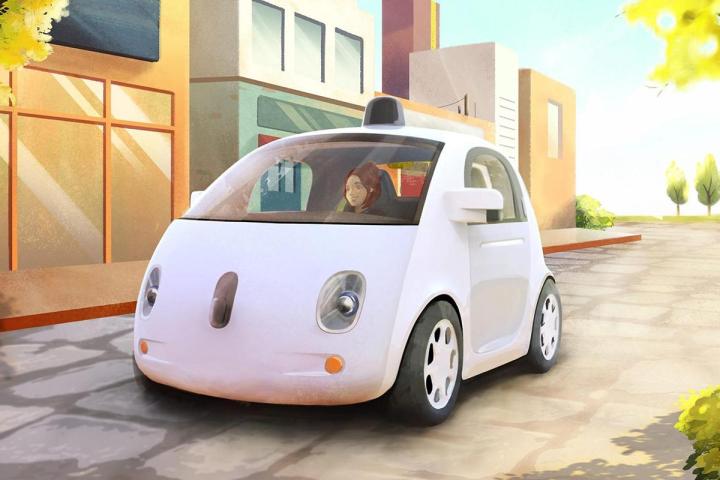
Speaking at the Society of Automotive Engineers’ annual conference, Google’s Ray Kurzweil spoke about the project and what it means to the future of driving safety.
“Google cars have gone close to a million miles without incident,” Kurzweil said, according to NDTV Gadgets. He continues to say that the AI technology works, and it isn’t too far away from becoming commonplace. Just when that will be isn’t clear though.”The technology is not going to be introduced until it’s ready.”

Kurzweil went on to reaffirm the confidence Google has on the potential of a self driving car and what it means to highway safety. “Some day an autonomous car will cause an accident and it will be big news. But while we’ve been talking several people have died from human drivers.”
As the car that Google is developing differs wildly from the traditional formula of cars as we know them, the driverless car will make a key impact in the sharing culture we have started to cultivate with services like ZipCar and Uber. Kurzweil believes that people will still buy cars and prefer to drive, but those who rely on cabs and car services will benefit greatly from a network of cars similar to what Google is working on. That, coupled with the increasing efficiency of electric batteries and solar power advancements, could further change the landscape of cars.
Automakers and analysts predict that the technology and regulation for autonomous cars will both be ready for prime-time in the year 2020. We have no doubt people will still be driving themselves around for a while, but we should start getting used to sharing the road with robots soon.
Editors' Recommendations
- Google is bringing Chrome browser to cars, even more EV features to Maps
- NASA’s Mars rover uses its self-driving smarts to navigate toughest route
- Google’s new Bard AI may be powerful enough to make ChatGPT worry — and it’s already here
- The next generation of Apple CarPlay will power your entire car, riding the trend of all-screen autos
- Officers confused as they pull over an empty self-driving car

